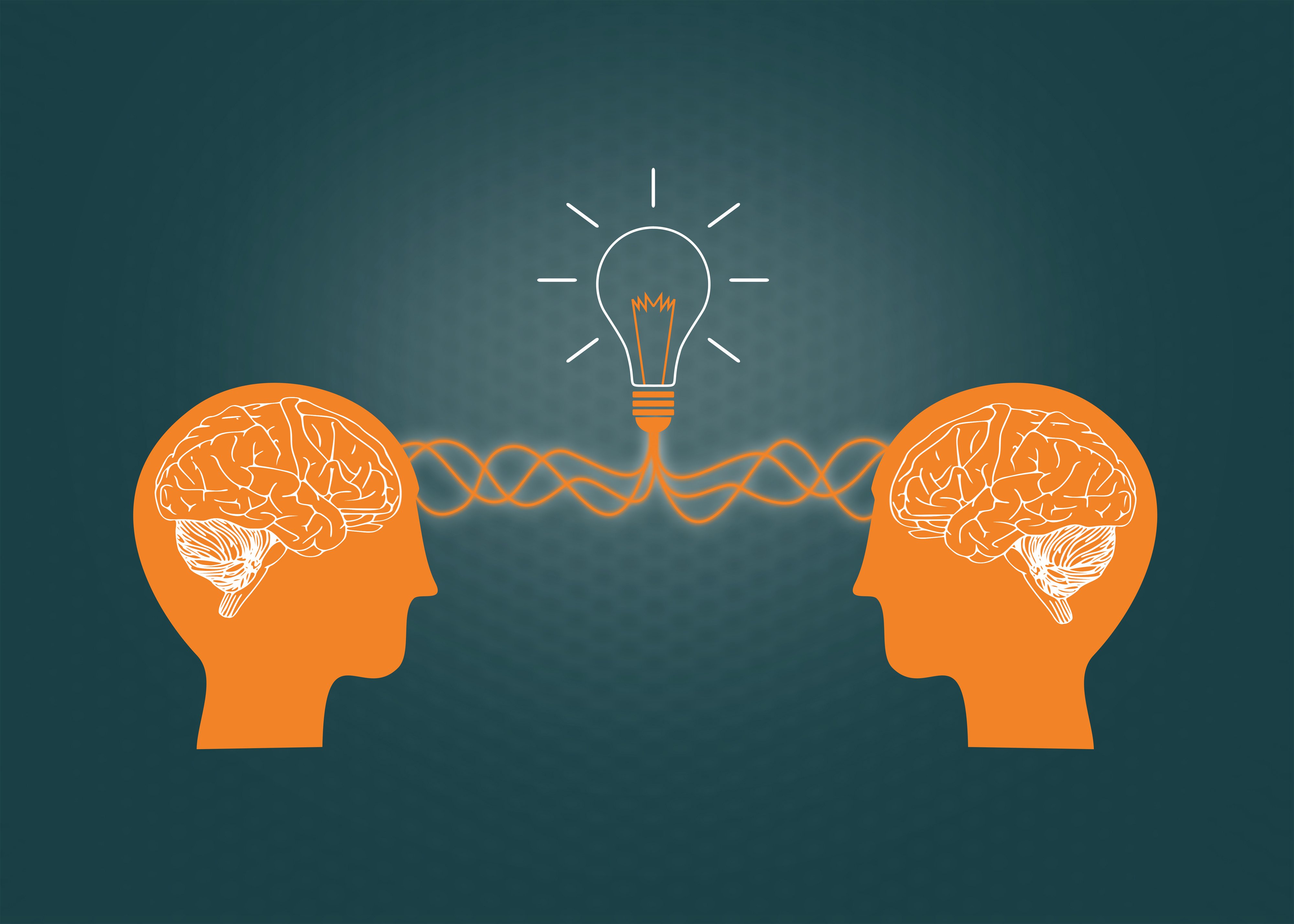Emotional intelligence is critical as an inclusive leader. Learn proven tips to increase your emotional intelligence as a leader, and results will follow.
The way we are wired impacts our leadership style. While I am not a neuroscientist, knowing the basics of our brains’ wiring is a huge differentiator for leaders.
Leaders feel the pain of the emotional intelligence, or lack thereof, on their teams. They need to lead by example, recognizing the emotion when they see it, in addition to showing the team what good looks like in maintaining composure. My favorite leaders have been passionate, yet calm, cool, and collected in nature. They did not sweat when the rest of the team did. They kept their composure and were a calming force for the emotions of those around them. Especially when tensions mount.
So, if emotional intelligence helps us stand out as a leader, how do we cultivate it? Successful leaders practice:
- Self-awareness
- Suspending judgment
- Choosing to respond vs. react
Let’s begin with a short lesson in neuroscience…
Newsletter Sign-up
Here’s my 101 version of how our brain affects our leadership behaviors. Our neocortex is in our frontal lobe of our brain right behind our forehead. It represents our rational mind. The other main part of our brain is our limbic system, which resides deeper in the center of our brain, and is our emotional system.
The gateway to our limbic system is our amygdala, located right at the top of the brain stem. It controls the ebb and flow of emotions, and was a critical part of human survival because it initiates our primal emotional response to trigger “fight or flight.” Although we are no longer fighting off saber-toothed tigers, the human brain has not evolved as quickly as we have as a species. It stills goes into survival mode when we feel like someone is attacking us personally in a conversation, or in a colorful email, or in a heated discussion in a meeting. It happens all the time.
The first step to managing our emotions is by being self-aware.
Self-awareness
Daniel Goleman’s Emotional Intelligence Model in 2002 is still very much a holy grail for Emotional Intelligence in leadership. His books and website offer comprehensive assessments to learn more about your own self-awareness. There is also a complimentary online assessment that a client of mine share that outlines your unique self-awareness, social awareness, self-management, and relationship management attributes.
If nothing else, knowing how you tend to behave in emotionally driven situations is key. For me, I feel myself getting hotter, flushed in the face, sweaty in the pits, and wanting to just plain escape the situation. How you feel when emotions peak is largely due to your brain’s wiring.
Choosing to respond vs. react
Another fun neuroscience technique is built on the principle of responding rationally vs. reacting emotionally. In the moment of emotionally driven fear, we tend to make awful decisions. Jonathan Haidt coined an Emotional Intelligence metaphor – the Elephant and the Rider. In this video, they explain how reacting is an instinctual behavior directed by the emotional brain – The Elephant. It’s essentially “fight or flight” mode, due to fear. It’s our survival mode. When a leader chooses to respond, that means they are making a conscious choice involving input from the more evolved brain – The Rider.
Not every emotional hijack is as obvious as this one. Check out this funny video example from Seinfeld. Although George is completely hijacked here, throwing children and seniors out of his way in the face of a “fire,” not all emotional hijacks are the same. Sometimes it’s hard to know what is happening to someone when they react in a way that you do not expect. Hijacks challenges us by:
- Resisting change
- Not seeing things logically and orderly
- Creating conflict with others
- Having unproductive conversations
- Eroding trust (self and of others)
- Promoting employee disengagement
Responding, in contrast, is a conscious act that requires a resolution mindset. Thus, suspending judgment.
Suspending judgment
This is a technique I have learned from my collaborator, friend, and mentor, Dana Harrison. During emotionally laden situations, we often tell ourselves a story in our mind that is simply not true, nor is it based on facts. It’s based on pure emotion. Feeling or saying things like, “they just do not like me,” or “my ideas are always shot down,” or “they are out to get us,” are fear-oriented thoughts. Any statement containing “always” or “never” are almost never true. And, left to fester, these thoughts are dangerous. They trigger emotional reactions, which usually end in negative outcome.
The next time you feel the “elephant” taking over with you or with the team, feeling the emotional cues, pause. I call it a “Leadership Timeout.” Sometimes it just takes 7 seconds to filter in the rational thought, and sometimes it takes a walk around the office or deep breathes outside. You will know when the emotions quiet, and you have the ability to think of facts rather than pure emotions. When that happens, you are far more likely to make a positive impact responding vs reacting.
Emotionally intelligent leaders practice self-awareness, respond vs. react, and suspend judgment.
How will you stand out as emotionally intelligent leader?

